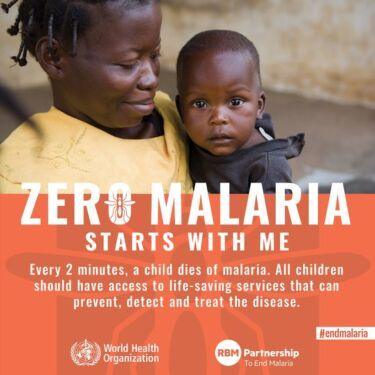Kenya has become the first country in Africa, and globally, to launch a national malaria youth army.
In the global arena, it has been a constant battle to eradicate malaria and efforts have been channeled towards this initiative.
Below is a global map and the malaria prevalence in each country.
Countries with zero indigenous cases over at least the past three consecutive years are considered to have eliminated malaria.
In 2019, China and El Salvador reported zero indigenous cases for the third consecutive year and have applied for World Health Organisation (WHO) certification of malaria elimination; also, Iran, Malaysia and Timor Leste reported zero indigenous cases for the second time.
In 2017, the WHO warned that the global response to the malaria menace had reached crossroads. This was a wake-up call from the organisation that more needs to be done to further reduce the spread of the disease.
The WHO is yet to release more data on global malaria prevalence since 2019.
By the end of 2019, when the global pandemic COVID-19 emerged, WHO noted that much of the progress against malaria was put under enormous risk. The pandemic has the potential to wipe out 20 years of malaria gains.
To mitigate disruptions of essential malaria services, global and national partners joined forces to support countries to mount a response. The fight has played a significant role in reducing the spread of the disease as well as deaths as a result of malaria.
According to Dr. Tedros Ghebreyesus, Director-General of WHO, key targets of WHO’s global malaria strategy were not quite met.
“Three years on, we continue to see a plateau in progress; according to our latest report, the strategy’s 2020 targets for reductions in disease and death will be missed by 37 per cent and 22 per cent, respectively. In 2020, COVID-19 emerged as an added – and formidable – challenge to malaria responses worldwide. In line with WHO guidance, many countries have adapted the way they deliver nets, diagnostics and medicines to ensure the safety of frontline health workers and communities. I wholeheartedly applaud these efforts, without which we would have likely seen much higher levels of mortality.”
Kenya’s fight against malaria
It is against this backdrop that Kenya’s president Uhuru Kenyatta, the chair of African Leaders Malaria Alliance (ALMA) had particularly shifted his focus to efforts to eliminate malaria in Africa.
The president said it was time to leverage the potential of young people to eliminate malaria by 2030, and work with them for faster and more effective delivery of health services at all levels.
Leading by example, he recently launched a group of youth dubbed the ‘Kenya Malaria Youth Army’ which is expected to volunteer their time towards the malaria fight. “Young people constitute the majority of our population; partnering with youth was the missing link in our concerted efforts as leaders to defeat malaria,” he said.
The group is expected to support awareness raising, community sensitization activities, and dissemination of malaria messages in a bid to drive action towards malaria elimination. It will also advocate for resource mobilization and policy implementation while supporting community level malaria prevention and control efforts.
Some of the activities that the group is expected to undertake include distribution of insecticide-treated nets, spraying larvicides at malaria breeding sites and performing indoor residual spraying of homes in the lake and coastal malaria-prone counties of Kenya. The youth will also take the lead in innovating and scaling up the delivery of proven tools that will prevent, diagnose or treat malaria infections in a bid to save lives.
According to President Kenyatta, while significant progress has been made to combat malaria in Africa, more action must be taken to accelerate its progress. This is the main reason why the Youth Malaria Army had been established.
Efforts to fight the disease have been slowed down by the global pandemic – COVID-19. While taking the necessary precautions to avoid contracting or spreading the pandemic, the youth will roll out various projects to step up the fight against malaria.
WHO Data on Malaria globally
Of the total malaria cases globally, Nigeria currently represents 27 per cent of the cases while Congo stands at 12 per cent. Uganda’s cases represent 5 per cent of the global malaria infections while Mozambique and Niger come in at 4 per cent and 3 per cent respectively.
